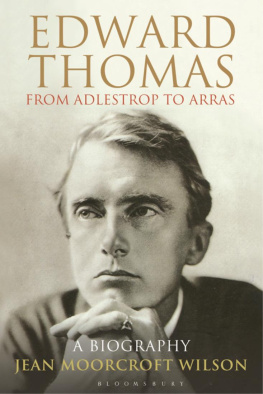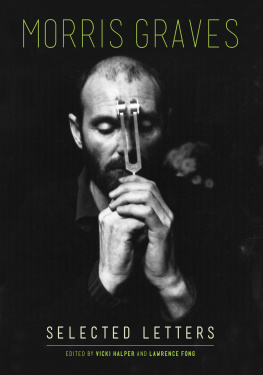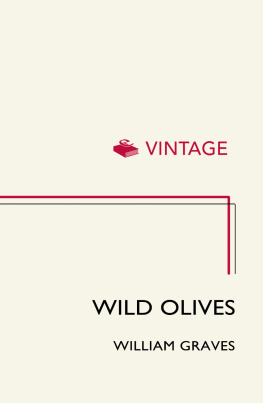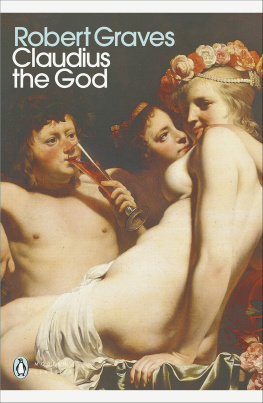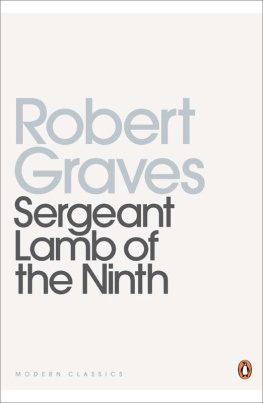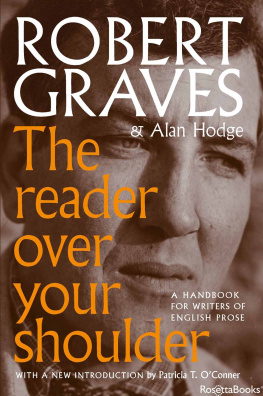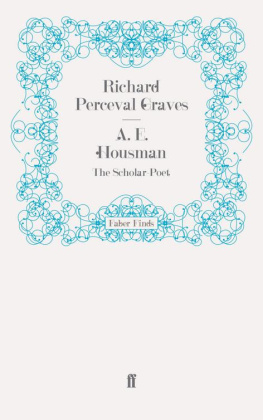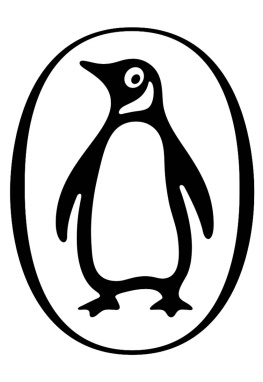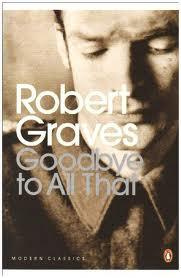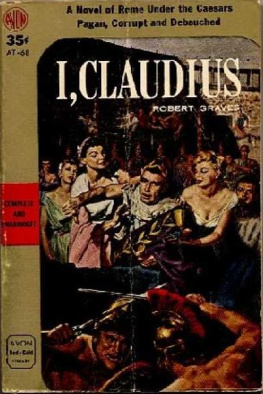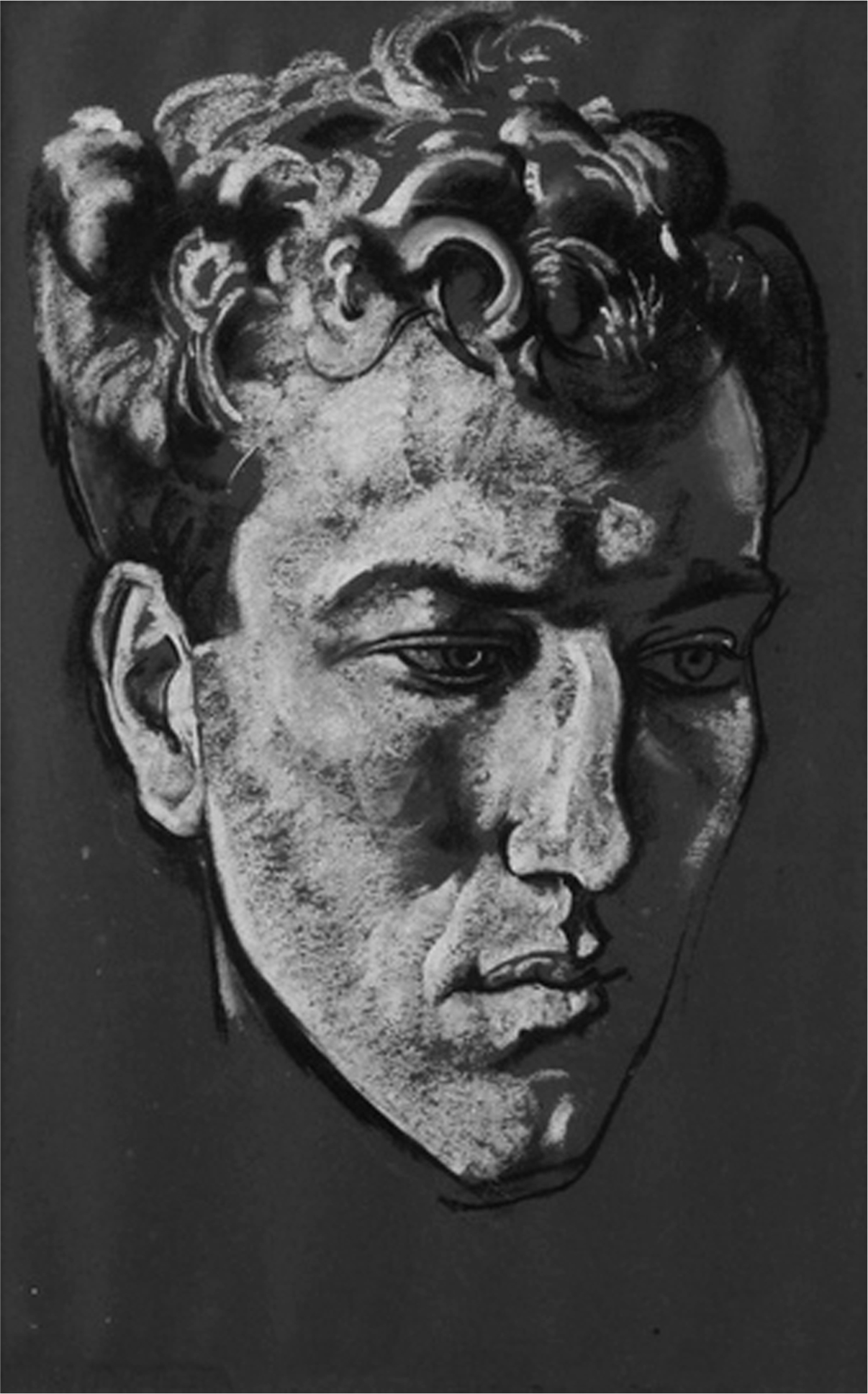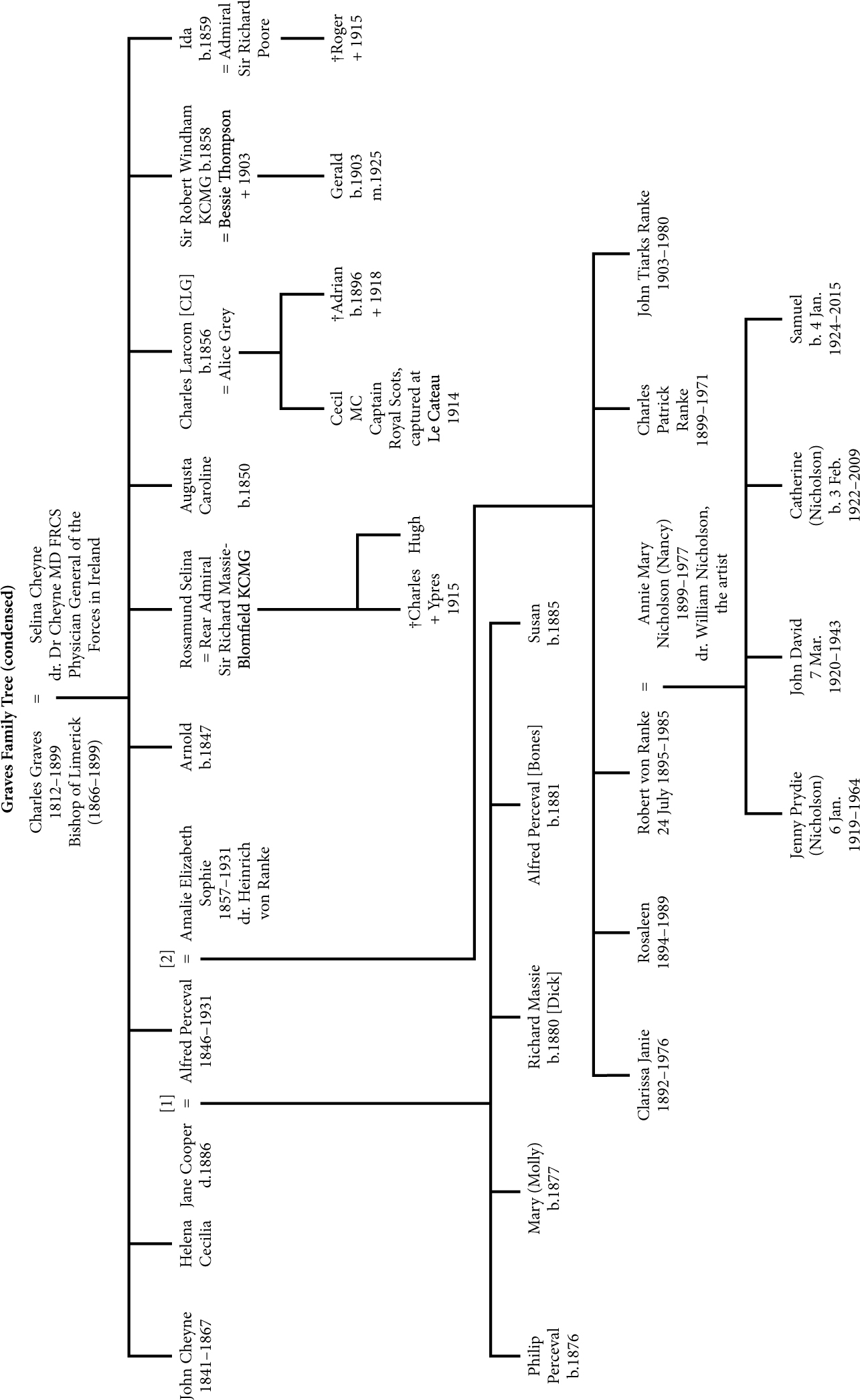All unattributed images are reproduced courtesy of the Robert Graves Estate, with the exception of illustrations 16, 21, 23, 24, 26, 33, 34, 35.
When peace time comes and horrors over,
Despair and darkness like a dream,
When fields are ripe with corn and clover,
The cool white dairy full of cream,
Shall we work happily in the sun,
And think Its over now and done,
Or suddenly shall we seem
To watch a second bristling shadow
Of armed men move across the meadow?
Will it be over once for all?
On 11 November 1985 when the poet laureate, Ted Hughes, unveiled a memorial stone in Westminster Abbey to sixteen of the First World War poets, Robert Gravess name was among them, the only poet on the list still alive, though he would die less than four weeks later, aged ninety. It had been over seventy years since that war had produced its unprecedented outpouring of verse and critical opinion had had time to settle down, so the choice had been far from hasty or random. And if you ask any group of reasonably well-read adults who the Great War poets are, you will usually be given six to eight names, one of whom will almost certainly be Robert Graves. He is also represented in most anthologies of First World War verse.
If you ask the same group of people to list some war poems by Graves, however, they would probably struggle to name two or three, if that. Yet he wrote well over a hundred war poems, nearly
The explanation for this absence lies partly in Gravess own changing attitude towards his war poetry. Initially Day of Leave.
Both Recalling War and Last Day of Leave suggest another reason for Gravess relatively poor showing in war poetry anthologies: their length. This is true of a significant number of his most successful war poems, notably Goliath and David and three of his four verse-letters to Sassoon. It may also explain why a poem like Night March was not published in Gravess lifetime; its twenty-three quatrains, reflecting the number of miles covered on the march, would take up a lot of space in the usually slim poetry collections of the day and in subsequent anthologies.
It seems ironic that Sassoon, whose poems make ideal anthology pieces, was first awoken to the possibilities of the short, sharp, realistic poem after reading Gravess A Dead Boche. Yet this punchy, gruesome description of a dead German soldier, who:
scowled and stunk
With clothes and face a sodden green,
Big-bellied, spectacled, crop-haired,
Dribbling black blood from nose and beard
is by no means characteristic of Gravess war poetry, which depends mainly on a more indirect approach through myth, legend and ancient history. Although no less powerful in its impact than a satire like Sassoons The General, this makes some of his poems less immediately accessible. Dead Cow Farm, for instance, one of Gravess most outspoken comments on the war, puzzles many readers initially, even though Graves spells out in its opening lines its link to the Old Norse creation myth in which the cow Audhumla licks salty stones, out of which Man emerges. It also helps to know that Dead Cow Farm was a strategic point on the Western Front:
An ancient saga tells us how
In the beginning the First Cow
(For nothing living yet had birth
But elemental Cow on Earth)
Began to lick cold stones and mud:
Under her warm tongue flesh and blood
Blossomed, a miracle to believe;
And so was Adam born, and Eve.
Here now is chaos once again,
Primeval mud, cold stones and rain.
Here flesh decays and blood drips red
And the Cows dead, the old Cows dead.
This is a poem about a general loss of faith on the Western Front, expressed forcefully in that last line: And the Cows dead, the old Cows dead. The use of a phrase of extreme disrespect in everyday life in reference here to God adds to the shock.
Another of Gravess initially puzzling techniques is to approach his subject from a childs point of view. In looking for a way to convey his experiences on the Western Front, his imagination reverts to his childhood, when his life had been lived with a similar intensity and full of fear and exhilaration. The shock for the reader when she realizes that a poem such as The First Funeral, ostensibly about a childs discovery of a dead dog (autobiographical in this case), is also about decaying corpses on the Western Front, is intended and highly effective:
The whole field was so smelly;
We smelt the poor dog first:
His horrid swollen belly
Looked just like going burst.
Similarly, dreams about a gigantic, formless figure that haunted his sleep as a young boy is linked in A Childs Nightmare with his terror as he lay badly wounded on the Somme:
He was there with straddling legs,
Staring eyes as big as eggs,
Purring as he lapped my blood,
His black bulk darkening the day
Part of the power of Gravess poetry springs from what D. N. G. Carter
For, as another First World War
Gravess status as a war poet seems, therefore, to have depended largely on his prose memoir. And despite William Gravess efforts to restore his fathers work to the canon of First World War poetry with his edition of Poems About War (1988), Dunstan Ward and Beryl Gravess Complete Poems (2000), Sebastian Barfields BBC documentary War of Words: Soldier-Poets of the Somme (2014) and Charles Mundyes War Poems (2016), that remains largely the position today. Although leading Graves scholars, including Fran Brearton, Paul OPrey and Charles Mundye, have done their best to redress this, the originally suppressed poems are still mainly unknown to the general public and absent from the popular imagination.
But as Michael Longley, an eminent poet in his own right and shrewd critic of the genre, claims: the story of Great War Poetry is incomplete without the war poems of Robert Graves. Owen.
More importantly, Gravess poetry itself is among the best to come out of that war. It was Blunden, including that written after the event, makes him a relatively rare phenomenon among First World War poets.
Of equal importance, since that war was a defining experience in his life, the poetry which emerged from it is crucial to a full understanding both of that life and the work which followed. As Brearton reminds us, his poetic aesthetic was forged in the battlefields where he died and was resurrected in 1916, and his experience there determined the kind of poet and writer he was to be, even the extraordinary life he lived, quoting as evidence one of Gravess verse-letters to Sassoon, his fellow officer in the Royal Welch Fusiliers:
By wire and wood and stake were bound,
By Fricourt and by Festubert,
By whipping rain, by the suns glare,
By all the misery and loud sound,


